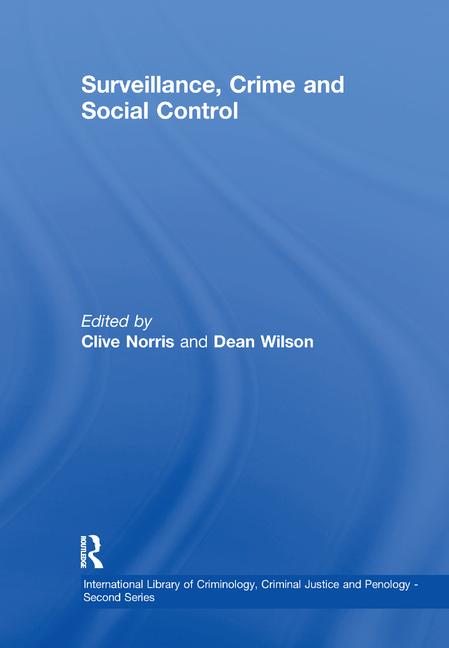Global Terrorism Rose 25% in 2016

Global terrorism rose 25 percent last year, with a high proportion of terrorism occurring in the Middle East, according to a report by IHS Markit.
“In 2016, there was a notable rise in the number of attacks compared to 2015. We saw more lower-level asymmetric attacks this past year and increases in longer-term conflict zones like eastern Ukraine,” said Matthew Henman, head of the IHS Jane’s Terrorism and Insurgency Centre (JTIC), which commissioned the report.
The figures are from the annual Global Attack Index produced by JTIC, wihch uses open source data to build a global database of violence by non-state armed groups and individuals, archived to 1997. The annual report highlights key data and global trends from the database, which is updated on a daily basis.
Key numbers from the 2016 report:
- Syria and Iraq account for 45 percent of all attacks worldwide, with 7,497 attacks taking place in Syria and 3,350 in Iraq.
- The Islamic State accounted for almost 18 percent of all recorded attacks worldwide and 39 percent of all non-militant fatalities.
- The number of militant attacks in Ukraine quadrupled year-on-year to 4,449 in 2016.
- The intensification of insurgencies in Yemen and Turkey led to increases in the recorded number of attacks of 76 percent and 110 percent, respectively.
- More attacks took place in October than any other month in 2016, with an average of 86 attacks per day.
As in the past two years, the Islamic State was the most operationally active, non-state armed group tracked by JTIC. The Islamic State conducted 4,236 attacks, which resulted in 10,807 non-militant fatalities. While both figures represent only what could be definitively attributed to the group in open sources, and are likely far lower than the true total, the Islamic State accounted for 18 percent of all recorded attacks worldwide and 39 percent of all non-militant fatalities,.
“In 2016, we saw activity attributed to or claimed by Islamic State outside of the Middle East rise,” Henman said. “These kinds of attacks account for 16 percent of all Islamic State attacks in 2016, but this is a marked increase from just 8 percent in 2015.”
In addition to centrally directed and conducted operations, such as the two attacks in Brussels on 22 March, the group also claimed a growing number of attacks conducted by its supporters in the West, including the nightclub shooting in Florida and the vehicle-impact attack in Berlin. “Further such violence is increasingly likely through 2017 as the Islamic State tries to advance the victimhood and revenge narrative that has become increasingly prominent in the group’s response to territorial losses in Iraq and Syria,” Henman said
Year ahead outlook
While the Islamic State is almost certain to lose what remains of its territorial holdings in Iraq and Syria across the course of 2017, it will likely look to offset this with further creations of affiliates.
“In southeast Asia, there is an increased likelihood that the Islamic State will declare an official wilaya or province in 2017,” said Otso Iho, senior analyst at JTIC. “The Islamic State could use the declaration as a way to project its influence globally at a time when its fortunes in Iraq and Syria are waning. It will want to show the group can still play at a global stage even as territory losses escalate in its heartlands of Iraq and Syria.”
Beyond the Islamic State, there is a growing threat. “In 2017, the threat posed by Jabhat Fath al-Sham, formerly Jabhat al-Nusra, will likely capture more and more headlines,” Henman said. “The group poses a potentially longer-term and equally serious threat as the Islamic State.” In 2016, 687 attacks were claimed by or attributed to Jabhat Fath al-Sham, a 20 percent increase from 2015. A priority for the group in the coming months is a merger of opposition groups in Syria, which will enable it to further extend its reach and control within opposition areas.
Looking for a reprint of this article?
From high-res PDFs to custom plaques, order your copy today!






